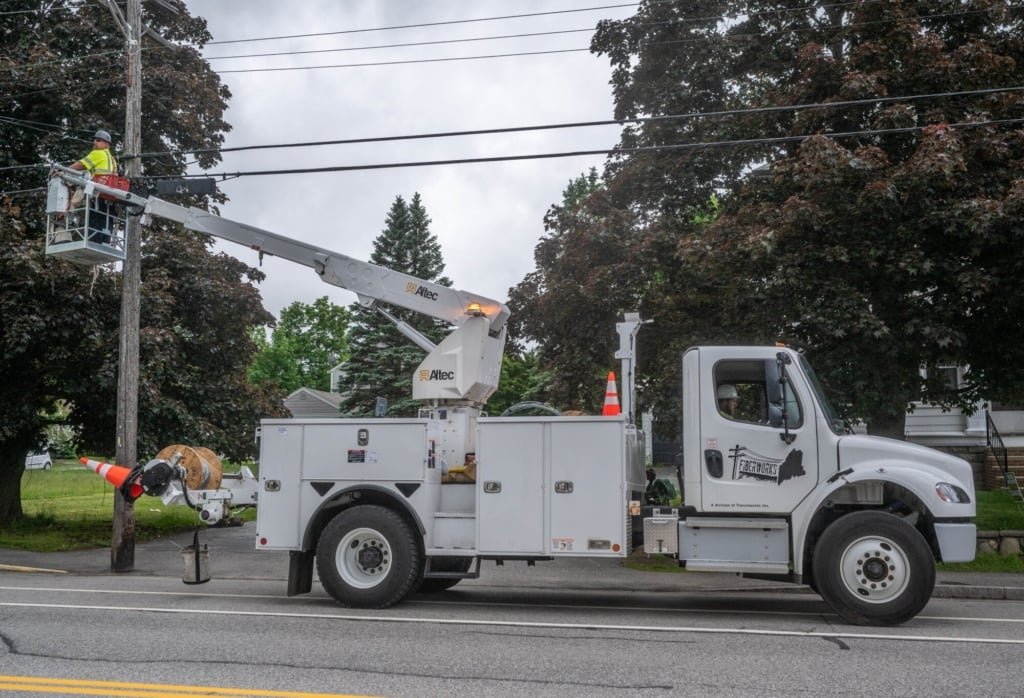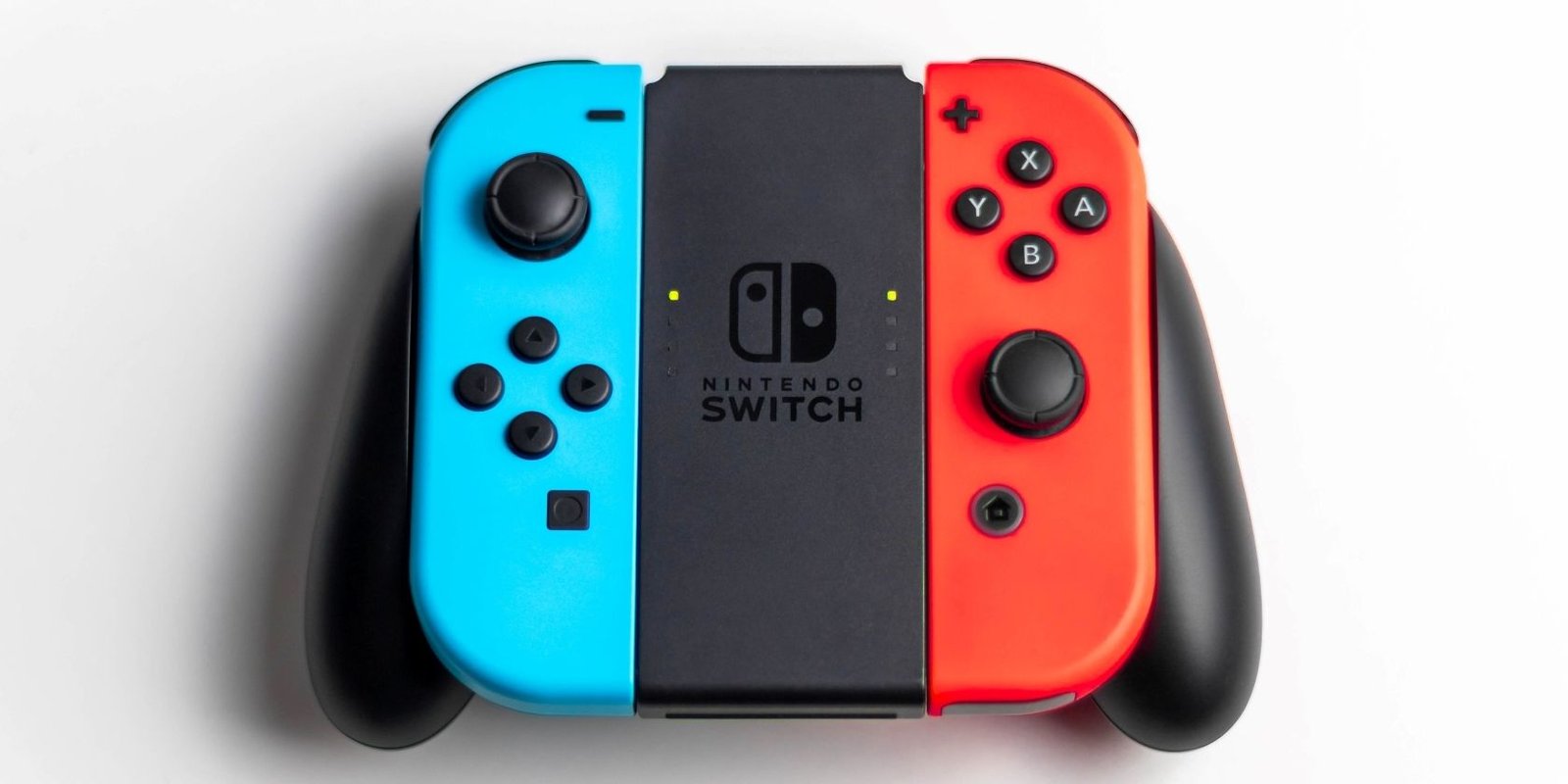As the use of the Internet spread, free download of products was considered one of its main advantages. The record and movie industries have shuddered at the rise of Napster and Torrent file sharing. As the internet has established itself, more companies have emerged offering free services, such as social media apps and search engines. They could afford not to charge because they had hundreds of millions of users from which they extracted invaluable data to fuel so-called targeted advertising. And they’ve been inundated with investment from venture capital funds eager to join the party.
But that model seems to have had its day. Twitter was the first to dispute this. Its new owner, South African tycoon Elon Musk, bought the platform for $44 billion with the idea that it needed to start making money. Twitter Blue, the paid social networking service, had a bumpy start but has since gained momentum. Now Meta CEO Mark Zuckerberg has decided to do the same with his two big social networks, Facebook and Instagram. We have begun rolling out Meta Verified, a subscription service that allows you to verify your account with an official ID, earn a blue badge, additional impersonation protection and direct access to customer service, it said over the weekend. on his company blog. The price: $11.99 (11.3) per month. Twitter costs $8 (7.5).
Is this the beginning of the end of free products on the Internet? Not necessarily, but it suggests that those remaining will be fewer and of lower quality. What is happening now is normal, it had to come sooner or later, says Rodrigo Miranda, director general of the Business and Technology School for the Digital Era (ISDI). Massive technology business models with very small margins per user are based on volume first and monetization second, he explains. This is the basis of the freemium models, a combination of free and premium where 95% of users access the service for free while the paying 5% are for expansion. Or 100% free platforms, as many social networks have been until now, when they suddenly start charging for their services.
If that jump has never happened before, it’s because capital was flowing. In recent years, there was so much money in the market that many lived on massive funding rounds, says Jos Carlos Cortizo, head of marketing at digital strategy consultancy Product Hackers. In the end, you lived off what they gave you to do crazy things. Digital businesses were growing so fast that you didn’t have to think of other formulas.
The other key to why social networks like Twitter and Instagram have decided to charge for their services is that people are willing to pay. Users are already used to these platforms solving their day-to-day problems, so the barrier to spending money on these services is relatively low, Miranda adds.
The Internet is mature enough that monetizing projects of all kinds is viable and increasingly common, says Cortizo. Social media isn’t the only ones to get on the bandwagon. ChatGPT, OpenAI’s conversational tool that has put the spotlight on generative artificial intelligence thanks to its free beta version, has also announced the launch of a subscription model that gives you access to an improved version. Will we end up seeing paid search engines? This cannot be ruled out, especially if the current race between Microsoft and Google to integrate intelligent chatbots continues.
Adjustments in technology companies
Big tech companies started 2023 the same way they ended 2022: by laying off employees. The job cuts ran into the tens of thousands after the five giants Alphabet, Amazon, Apple, Meta and Microsoft doubled their workforces in the previous three years. The surge in digital product consumption, fueled in large part by the pandemic, has encouraged a simultaneous surge of optimism in Silicon Valley that has proven unwarranted. Their profits have contracted and the response has been to downsize.
Curiously, this trend of cuts was also started by Elon Musk who laid off more than half of Twitter’s workforce shortly after its acquisition. So, this extraordinarily wealthy businessman who became famous for his Tesla electric cars and space rockets was the one who triggered the wave of layoffs in tech by launching the subscription model at a social media company known for its its lack of profits. For the moment only Meta has followed suit in this regard, perhaps to compensate for the hitherto failed investment in the metaverse and the decline in advertising.
But, in fact, paying to use a social network is nothing new. LinkedIn has been offering this option for some time, and it’s doing well. Also OnlyFans. If you want qualified, segmented content, and if you want to get rid of trolls and people you’d rather avoid, subscription models are the way to go, Miranda says. Asking for money for a service that has been offered for free for years is audacious to say the least. As well as offering less security to those who don’t pay, as happens now on Twitter. We must try to encourage subscriptions by offering something better in exchange, rather than worsening what we already had, says the ISDI director.
If other social media companies decide to charge users as well, and if other previously free services cease to be free, we will see an unprecedented scenario unfold. The entire internet will compete for the profit share to be part of the monthly expenses of users who already pay to read the newspaper, listen to music and watch TV series. Will they also have to pay to show off their holiday snaps?
Subscribe to our weekly newsletter to get more English-language news coverage from EL PAS USA Edition
#free #internet #era




